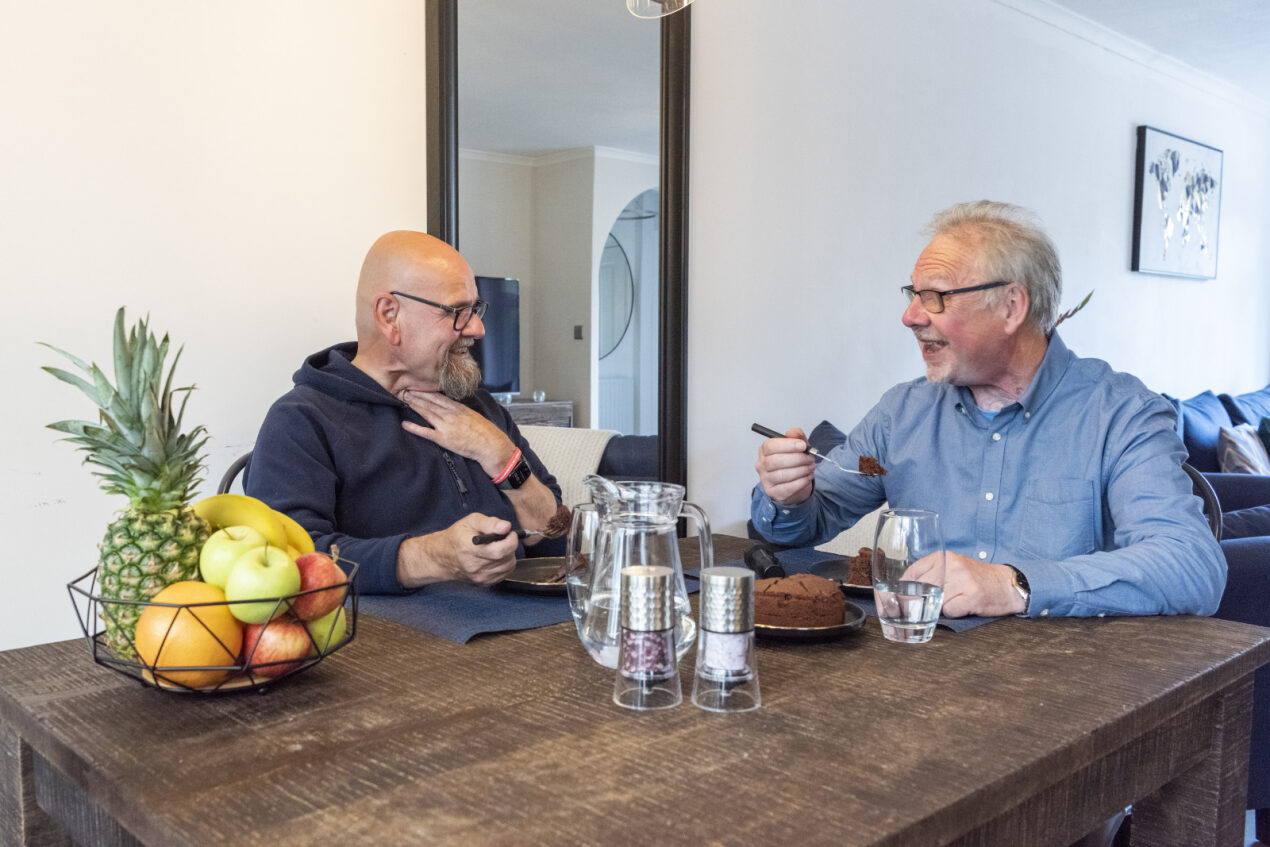LitAlert #49

Dental management after radiotherapy for head and neck cancer
Radiotherapy for head and neck cancers employs ionizing radiation which damages genetic material of susceptible malignant cells. In the oral cavity, this can lead to dental complications such as mucositis, trismus, xerostomia, radiation caries, and osteoradionecrosis. This study aims to elucidate the current understanding and management of dental needs for irradiated head and neck cancer patients. A comprehensive pre-radiotherapy assessment by a multidisciplinary team evaluates diagnosis, prognosis, treatment, individual factors, and oral health to enable proper preventive care, immediate treatment, and treatment planning. Pre-radiotherapy tooth extractions to prevent osteoradionecrosis have conflicting evidence and case-by-case clinical judgement is needed. To help prevent or relieve xerostomia, mucositis and trismus; strict oral hygiene, adequate hydration, avoidance of tobacco and alcohol, and performing jaw exercises are of importance. Recent research shows a trend towards implant-supported prosthesis. However, further research and careful patient selection is required, as implants inserted into irradiated bones are more than twice as likely to fail compared to those in non-irradiated bones. Therapeutic hyperbaric oxygen and PENTO/PENTOCLO as a treatment for osteoradionecrosis has shown potential, but still requires further research.
Laryngeal cancer treatments impact on swallowing
Dysphagia is a common side-effect of both surgical and nonsurgical laryngeal cancer treatment and has a significant impact on posttreatment quality of life and survival. The probability and severity of dysphagia depends on initial tumor stage, pretreatment swallow function, as well as treatment modality and intensity. The article discusses evidence regarding acute and chronic effects of laryngeal cancer treatments on swallowing function, as well as the various medical and nonmedical approaches to managing dysphagia. Surgical treatment most often has acute effects, while effects from nonsurgical therapies such as radiation and chemotherapy may develop over time. Currently, research regarding improving swallowing function is centered around intensity modulated radiation therapy (IMRT). There has been some evidence of improved swallowing markers with IMRT compared to conventional radiotherapy, however the literature is limited. The authors conclude that a multidisciplinary approach and swallowing therapy program initiated before onset of treatment is necessary for the best possible swallowing function after treatment of laryngeal cancer.

Docetaxel-Cisplatin-fluorouracil induction chemotherapy for larynx preservation as a treatment for hypopharyngeal cancer
Hypopharyngeal carcinoma (HC) is one of the most aggressive head and neck malignancies that are most often not receptive to conservative surgical procedures and require a total laryngectomy. When possible, advanced HC patients are included in a larynx preservation (LP) program, however the clinical results are inadequately studied. Therefore, this retrospective study followed 82 patients with locally advanced (T3 or T4) resectable HC, who took part in a docetaxel-cisplatin-fluorouracil (TPF) induction chemotherapy (ICT)-based LP program. The overall survival rate was 67% at three-years post treatment and 54% five-years post treatment, therefore the authors conclude that the study suits patients with locally advanced HC. Nevertheless, T4 tumor stage, number of ICT cycles performed and absence of response to ICT showed to be significantly associated with worse overall survival rate. Furthermore, T4 stage was the only predictive factor of poor response to ICT. Overall, TPF ICT-based LP program is a valid therapeutic option for locally advanced HC, while T4 HC patients should be referred to immediate radical surgery as they exhibited poor response and survival rate on the program.
Clinical practices and tendencies post total laryngectomy in France
Tracheoesophageal puncture (TEP) with voice prosthesis (VP) which allows tracheoesophageal speech (TES) is often referred to as the golden standard for vocal rehabilitation post total laryngectomy. Given TEP with VP's complications, some individuals may favor alternative voice rehabilitation methods, including artificial laryngeal speech (ALS) or esophageal speech (ES). This study aims to address the absence of clinical guidelines for vocal rehabilitation after total laryngectomy due to the lack of consensus, focusing on prevalent practices in France and comparing them with international approaches. 75 French ENT surgeons participated in an electronic survey that explored prevalent vocal rehabilitation methods. 96% use TES as a modality in their practice and 99% stated that there is no age limit for TES. The two most practiced modalities are single-modality TES and double-modality TES with ES, while single-modality ALS is the least utilized among participants. The authors conclude that the practice in France is similar to practice in other countries, with a predominance of TES. Furthermore, there is a need for guidelines in order to standardize the clinical practice post laryngectomy.

The importance of individualized vocal rehabilitation
Tracheoesophageal speech (TES) and esophageal speech (ES) are the two main techniques used to produce sound after a total laryngectomy, where TES patients seem to have a lower voice handicap and better voice-related quality of life (QoL). However, fistula-related complications are a major drawback of TES. This study systematically analyzed different vocal rehabilitation techniques post laryngectomy with focus on specific outcomes such as voice-related QoL, functional performance, patient satisfaction, and complications, among others, for each method. The study showed that tracheoesophageal puncture (TEP) accompanied by a voice prosthesis had the highest overall and voice-related QoL and patient satisfaction. While TEP exhibited a high success rate, it has been shown that the voice-related QoL is higher with ES than TES when TES patients develop fistula-related complications. Electrolarynx was the least favored due to its inadequate speech intelligibility and voice quality. In conclusion, the authors want to highlight the importance of individualized voice rehabilitation to address their needs and preference to enhance their overall QoL. Future research should focus on optimization of existing methods.
Speech and language therapists' clinical practices in tracheoesophageal voice rehabilitation
Tracheoesophageal voice rehabilitation is a technique used to establish voice after a total laryngectomy. There is a lack of guidance on how speech and language therapists can enhance tracheoesophageal voice quality for effective communication after voice rehabilitation, and there are no studies supporting it. This study examines the current tracheoesophageal voice rehabilitation practices of 147 UK and Irish SLTs, aiming to enhance comprehension beyond voice prosthesis care, explore rehabilitative methods employed without established evidence, and identify barriers and facilitators to tracheoesophageal voice therapy. SLTs conclude that tracheoesophageal voice therapy is of importance in laryngeal rehabilitation and communicates a need for specific guidelines and a more robust evidence foundation for guiding clinical practices. In conclusion, specific training, clinical guidelines, and increased research are necessary to support clinical practice in laryngectomy rehabilitation.
Download Litalert #49Disclaimer:
The content of the journal articles is the opinion of the article authors and does not necessarily reflect the opinion of Atos Medical AB nor any of its subsidiaries. By providing this material it is not implied that the articles nor its authors are endorsing Atos Medical AB or Atos Medical AB products. Nothing in this material should be construed as Atos Medical AB providing medical or other advice, making any recommendations or claims, and is purely for informational purposes. It should not be relied on, in any way, to be used by clinicians as the basis for any decision or action, as to prescription or medical treatment. When making prescribing or treatment decisions, clinicians should always refer to the specific labeling information approved for the country or region of practice.
LitAlert summaries of journal articles are not exhaustive. For full content, please see the actual publication. Suggestions and requests to: clinicalaffairs@atosmedical.com.
Share


